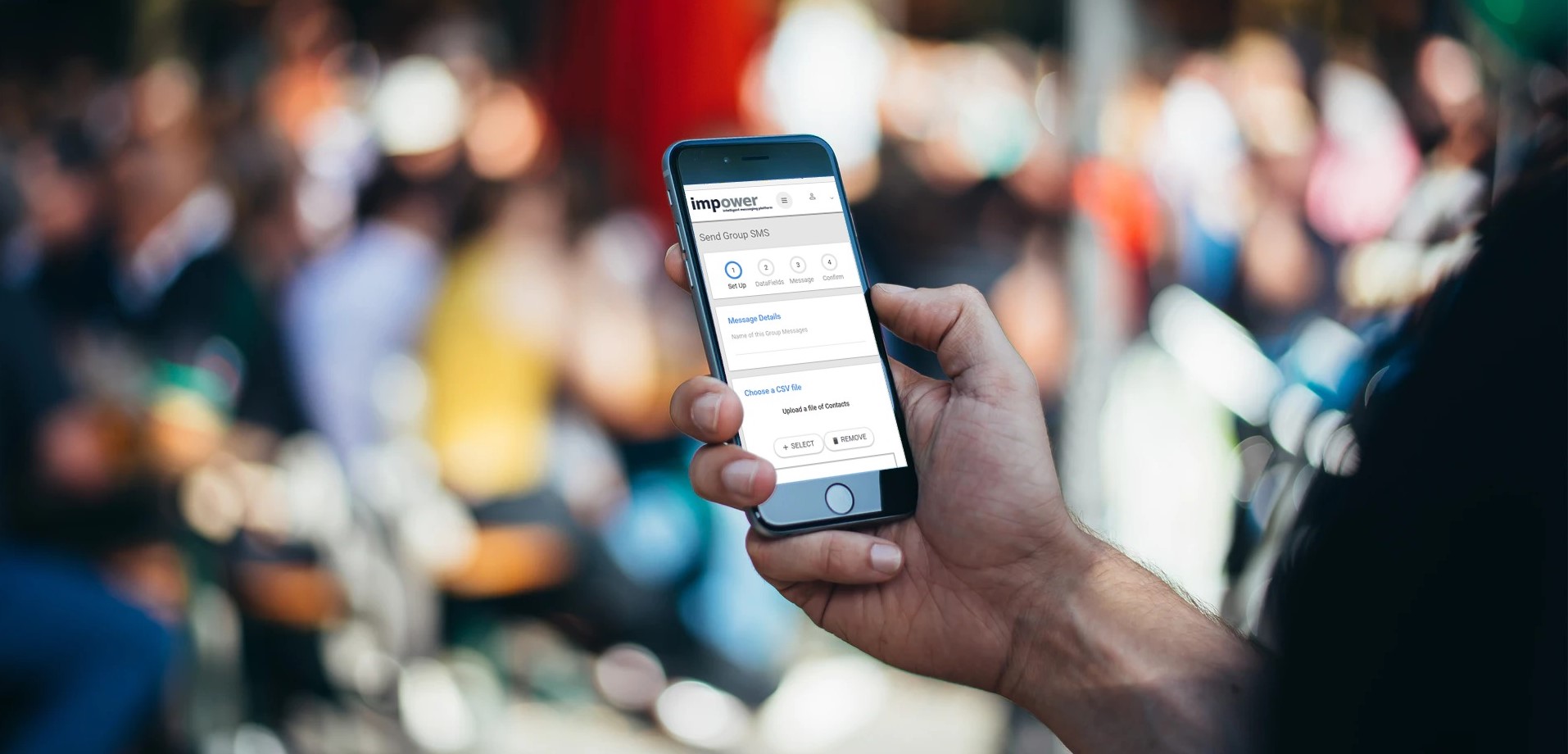
Is Your Business Ready for ComReg’s Sender ID Protection Initiative?
Find out more

COVID-19 has had societal and economic effects on supply and demand in the energy and utilities sector, posing unique challenges to the resilience of communications infrastructures and business continuity plans in this sector.
“Uncertainty associated with the current crisis, and increased home working in the customer base is forcing a spike in volume through call centres, testing their ability to adjust at scale and companies’ ability to communicate effectively during this crisis, especially with vulnerable customers.”
PWC: COVID-19: The impact on the energy and utilities sector in Ireland
Amidst all the uncertainty, continuity of essential utility services was paramount and SMS was used widely to keep customers informed of any changes or updates and reduce inbound calls to already overburdened contact centres.
During the first 2 months of the COVID-19 crisis (March / April) Púca noticed an overall 25% rise in the volume of SMS sent versus the same period in 2019, and this is despite volumes in some sectors such as retail dropping off altogether during the same period.
“The increase in message volumes that we saw during the crisis has continued as companies return to business as usual. This demonstrates a renewed focus on SMS as a targeted and immediate way to get through to customers when it matters most”
Eileen Carroll, Púca CEO.

Despite the compelling reasons to use SMS, according to Snapdesk’s 2020 report just 53% of Utilities companies are using SMS to communicate with their customers.
Here are some of the ways that utilities businesses can optimize their customer communications through SMS;
SMS isn’t just for outbound communications. As the following statistics from Snapdesk illustrate, consumers are happy to respond to SMS alerts directly, and appreciate the ability to do so;
“3 out of 4 consumers get frustrated when they can’t respond or take action after receiving an automated text message. 61% of consumers think businesses should use the same number for calling and texting. 58% of consumers have tried to reply with a text message after missing a call from a business. Consumers are 4 times more likely to respond to a text message than call back to a voicemail”.
Snapdesk January 2020
With the current proliferation of communication channels, the simplicity, ubiquity and reliability of SMS stands out.
And with additional rich media functionality on the horizon with RCS, now is the time to add SMS touchpoints to your communication strategy so you are well positioned to take advantage of these new capabilities in the future.